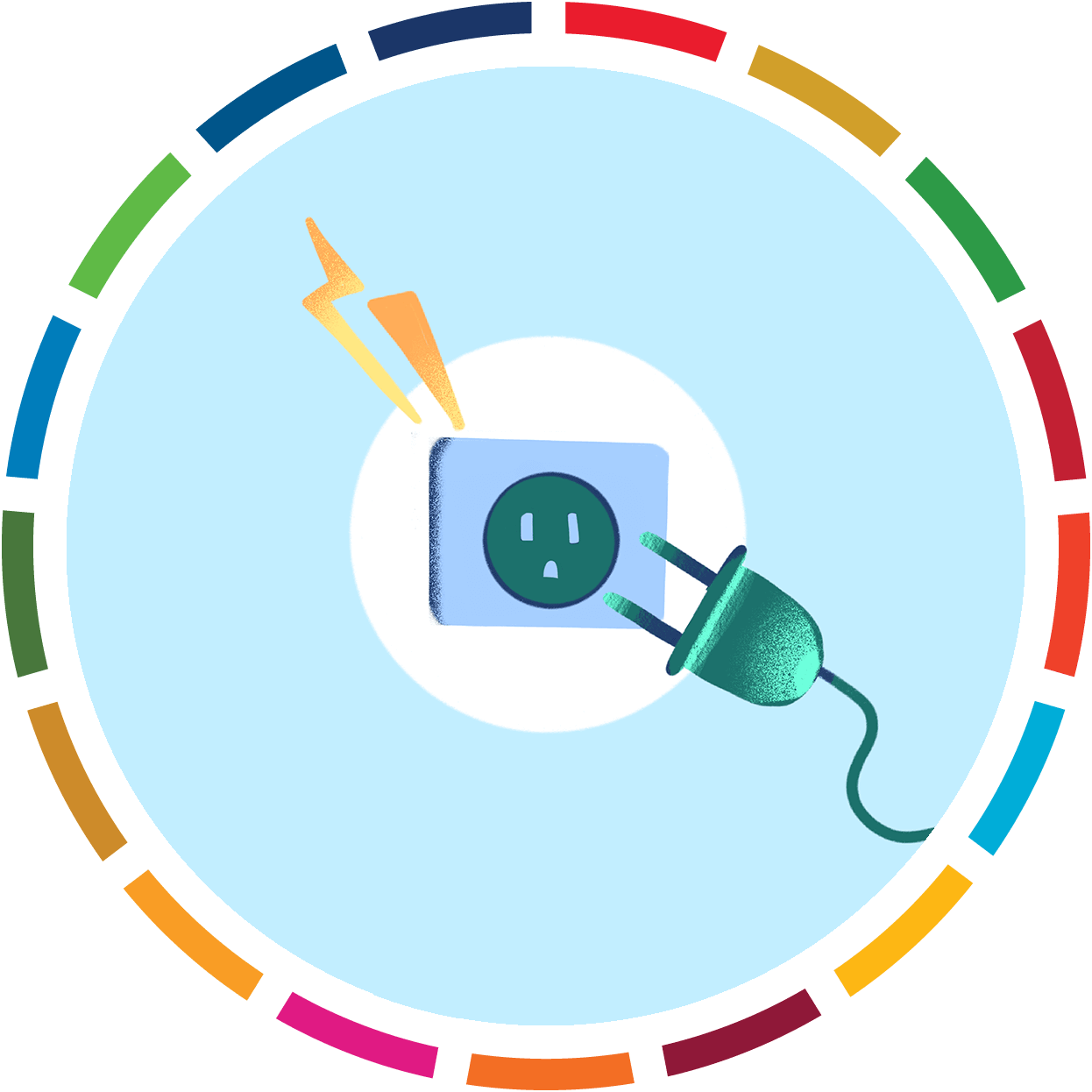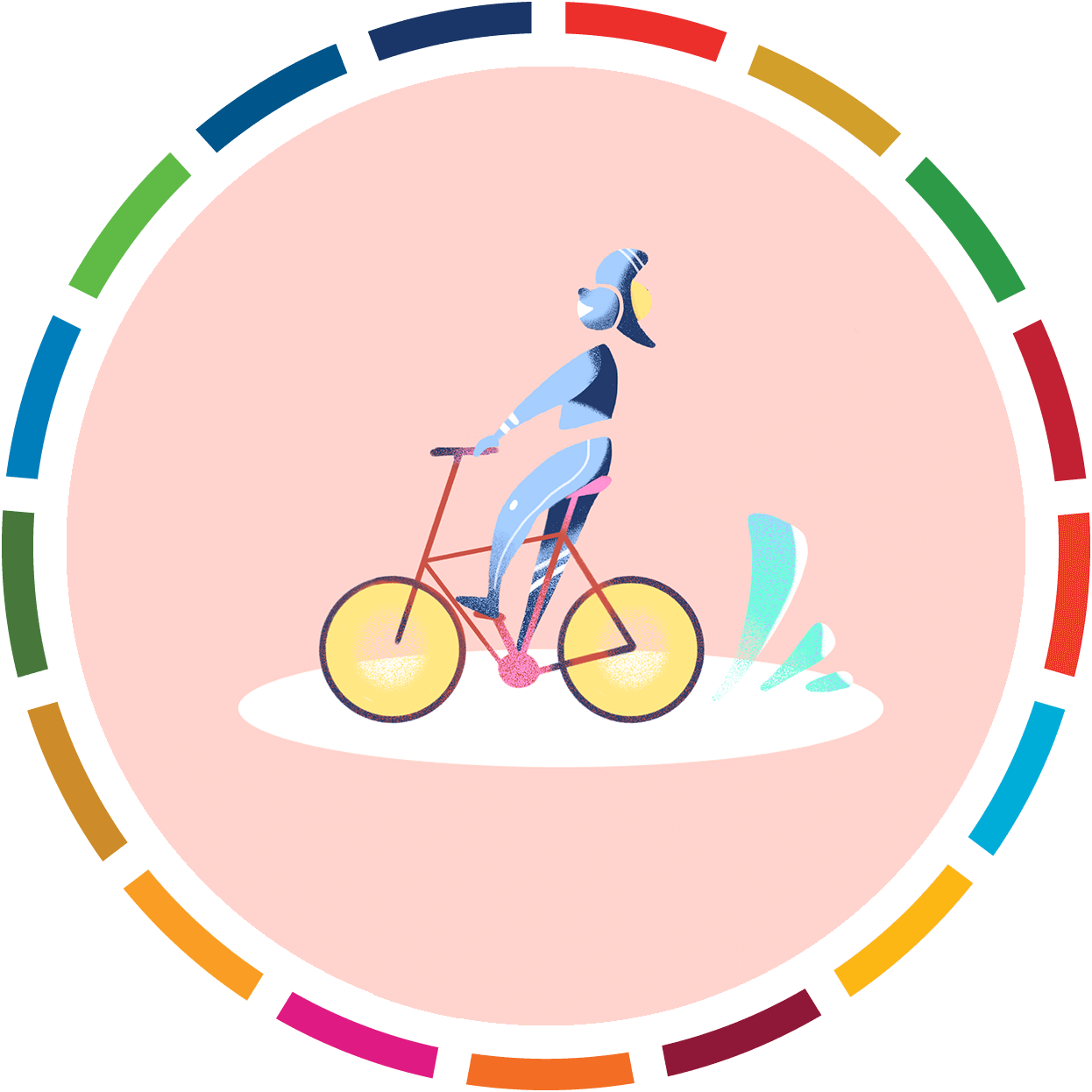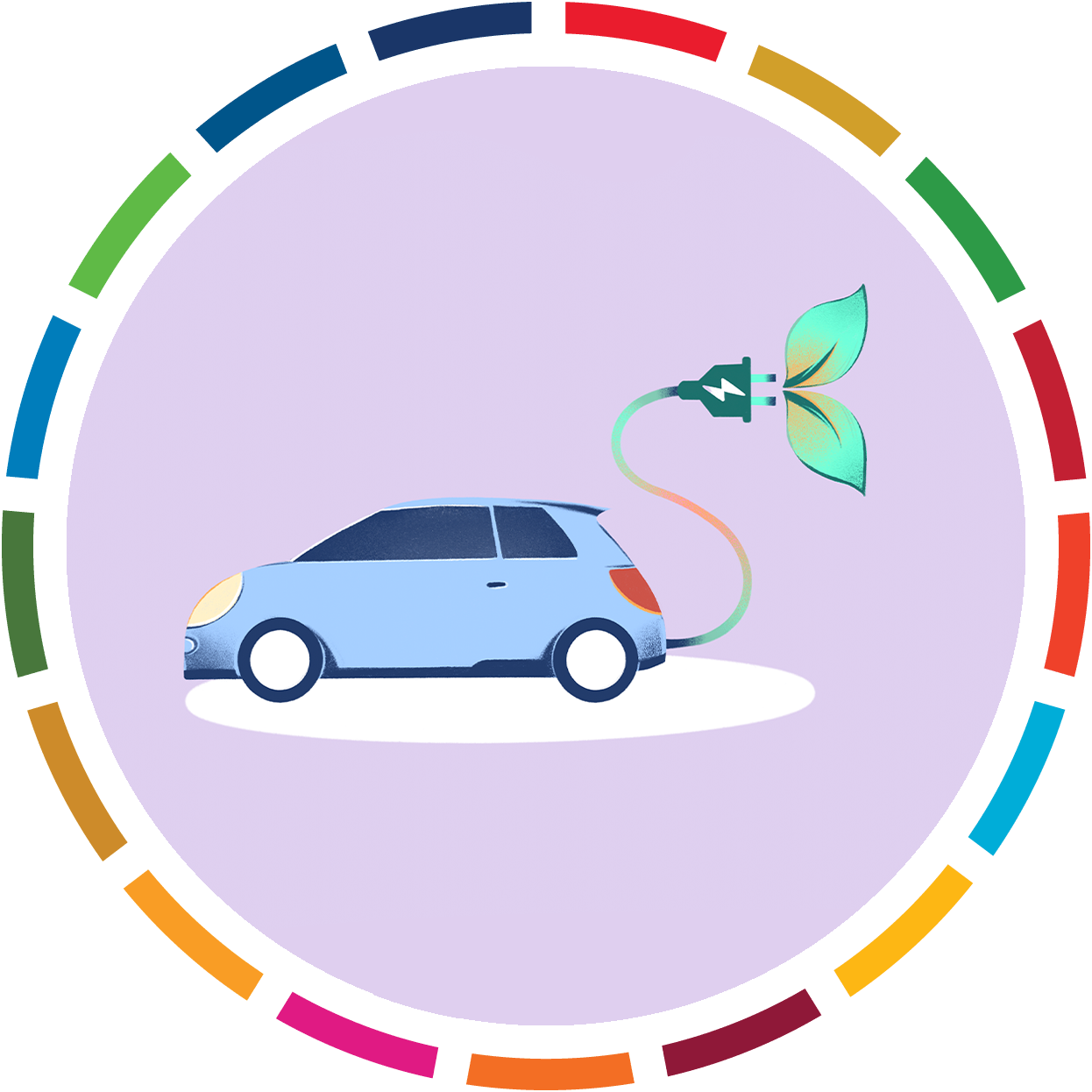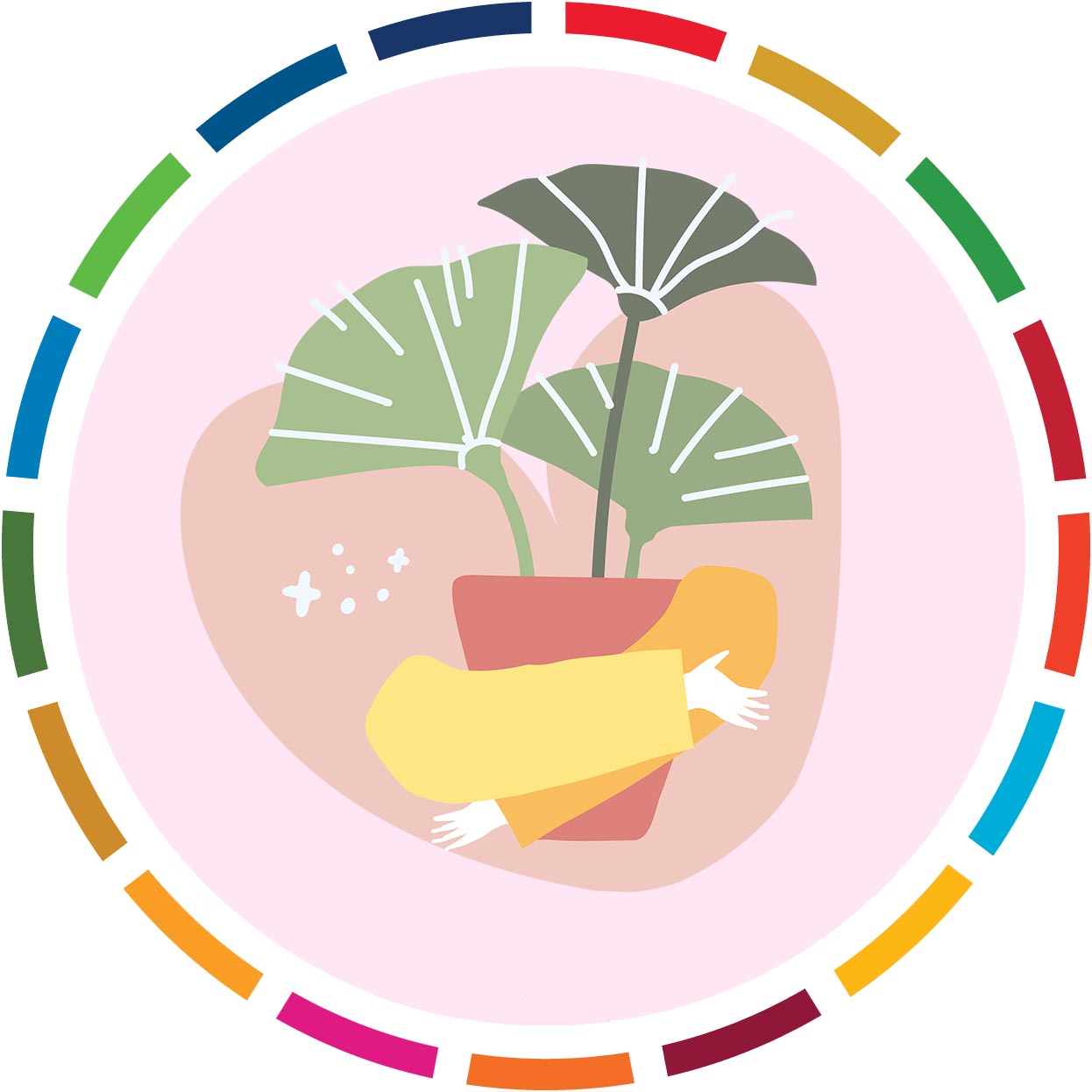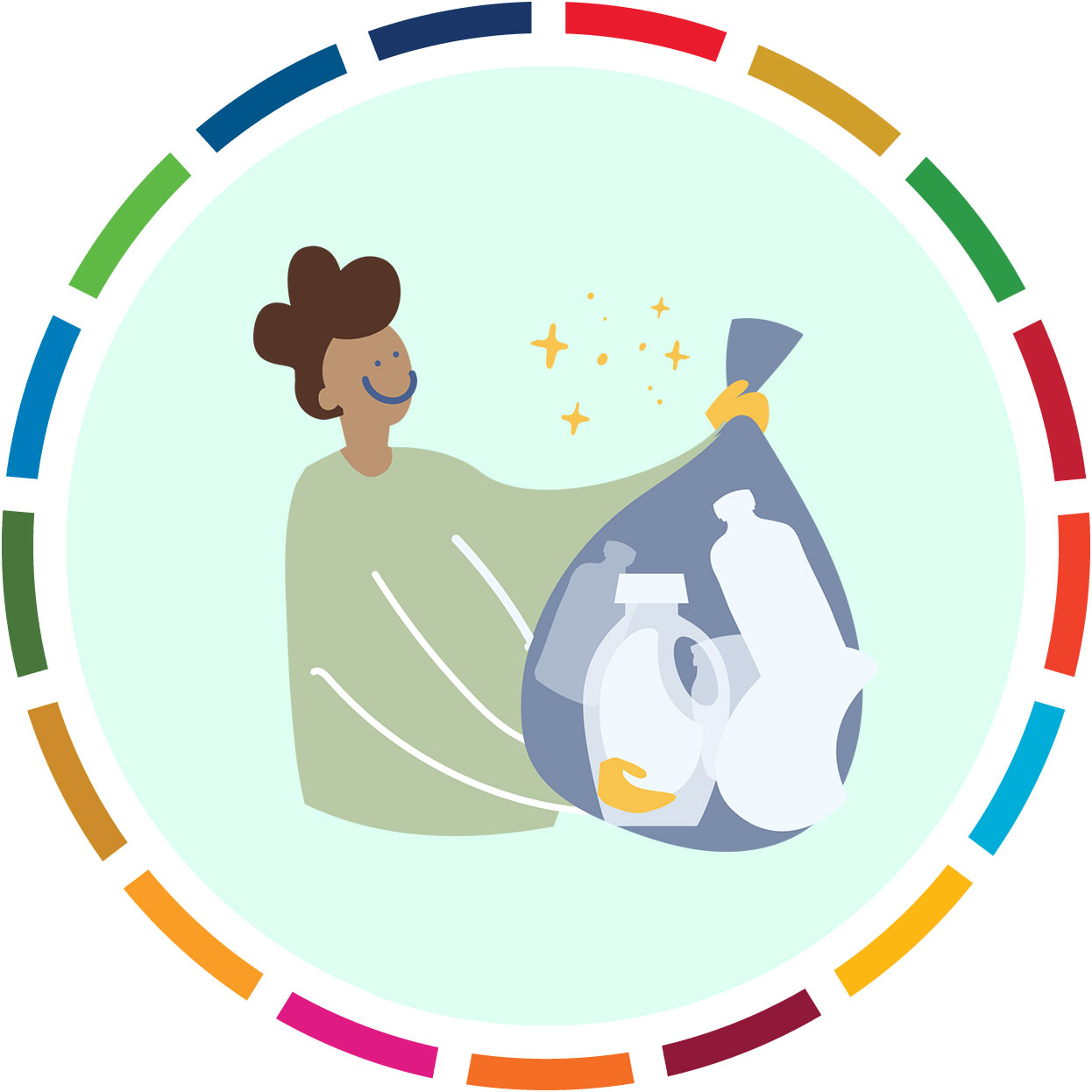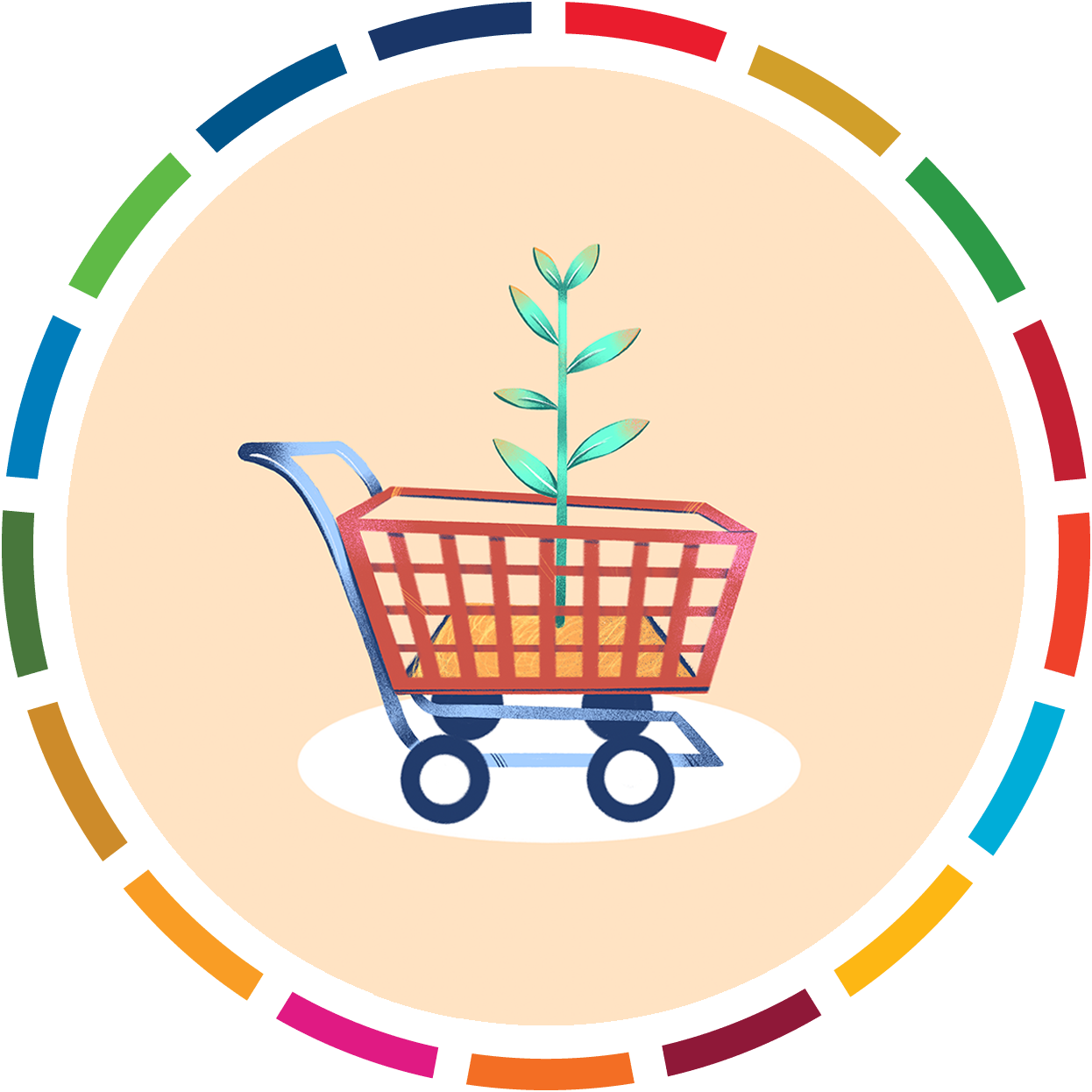Actions for a healthy planet
Every one of us can make choices to protect nature, tackle climate change, and take care of our planet. (Illustration: United Nations Department of Global Communications)
The Sustainable Development Goals spell out how we can protect our environment and slow climate change, from forests to oceans to everywhere in between. Think about your electricity use and your travel. Check your dinner table. Reuse whatever you can. The possibilities for action are many – and add up fast.
Greenhouse gas emissions per person vary greatly among countries. In the United States of America, per capita emissions are more than double the world average of 6.5 tons of CO2 equivalent, while in India they are less than half the world average. Globally, the 10 per cent of the population with the highest income account for nearly half of all emissions. Here are some actions to reduce your impact on the environment. To learn more about climate action, science and solutions, click here.



